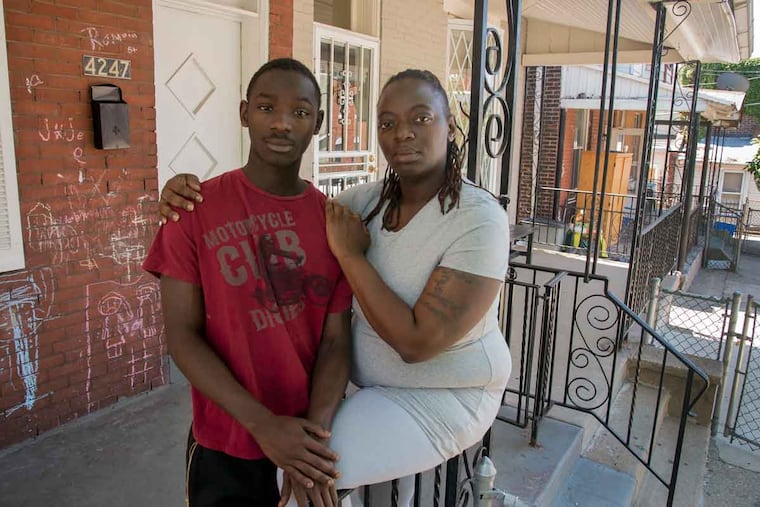Why Philly is holding kids on $500,000 bail
Though he had no record, and was 15 years old, he was charged in adult court. Bail was set at $75,000. The required 10 percent of that, $7,500, was more than the teen or his mother could fathom.

Though he had no record, and was 15 years old, he was charged in adult court. Bail was set at $75,000. The required 10 percent of that, $7,500, was more than the teen or his mother could fathom.
